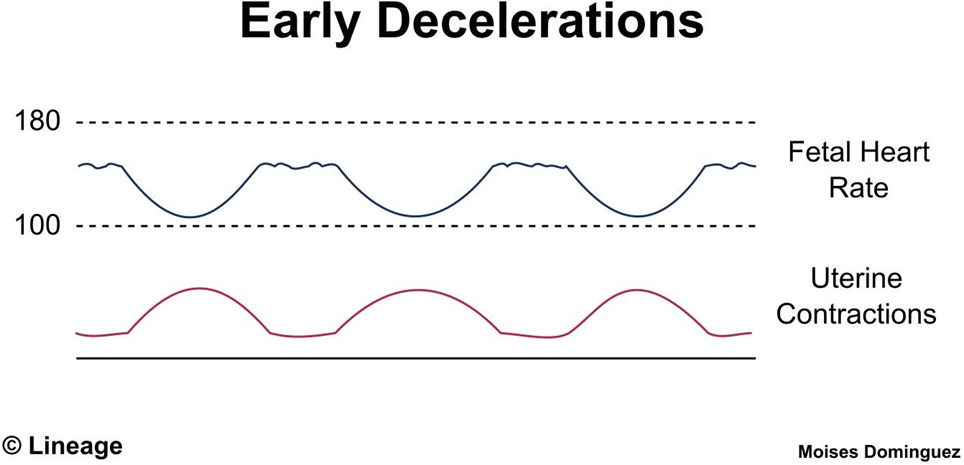A nurse is admitting a client who has antisocial personality disorder. Which of the following client behaviors should the nurse identify as consistent with this disorder?
Compulsive attention to details
Avoids interacting with others
Uses others for personal gain.
Socially awkward in group situations
The Correct Answer is C
A. Compulsive attention to details: This behavior is more characteristic of obsessive-compulsive personality disorder rather than antisocial personality disorder.
B. Avoids interacting with others: Antisocial personality disorder is characterized by a disregard for and violation of the rights of others, but avoidance of social interaction is not a typical
feature.
C. Uses others for personal gain: This behavior aligns with the manipulative and exploitative tendencies often seen in individuals with antisocial personality disorder.
D. Socially awkward in group situations: While individuals with antisocial personality disorder may have difficulty forming meaningful relationships, they often have superficial charm and can be socially adept, so being socially awkward in group situations is less indicative of this disorder.
Nursing Test Bank
Naxlex Comprehensive Predictor Exams
Related Questions
Correct Answer is A
Explanation
A.
A. Early decelerations are typically benign and occur due to head compression during
contractions. They mirror the uterine contraction pattern and are not usually associated with fetal compromise.
B. Fetal hypoxia is not typically associated with early decelerations, as they are considered a normal response to head compression during labor.
C. Abruptio placentae refers to the premature separation of the placenta from the uterine wall and is not directly related to early decelerations.
D. Postmaturity refers to a pregnancy that extends beyond 42 weeks gestation and is not directly related to early decelerations.

Correct Answer is D
Explanation
A. Monitoring the insertion site for infection:
Monitoring for infection is important in the long-term care of a client following cardiac catheterization, but it is not the immediate priority. Infection typically develops over time, not in the immediate postprocedure period.
B. Checking for orthostatic hypotension:
Orthostatic hypotension is not typically associated with cardiac catheterization. Instead, hypotension following the procedure would likely result from bleeding or hypovolemia. Monitoring for vital sign changes is important but not specific to orthostatic hypotension in this context.
C. Forcing fluids:
Encouraging fluids is necessary after cardiac catheterization to help flush out contrast dye and prevent nephropathy. However, this action is not the immediate priority compared to managing the risk of bleeding and maintaining hemostasis at the insertion site.
D. Immobilizing the affected extremity:
Immobilizing the extremity used for catheter insertion (usually the femoral artery) is the immediate priority. This action prevents complications such as bleeding, hematoma formation, or disruption of the arterial puncture site. Maintaining hemostasis and ensuring the integrity of the insertion site are critical during the immediate postprocedure period.
Whether you are a student looking to ace your exams or a practicing nurse seeking to enhance your expertise , our nursing education contents will empower you with the confidence and competence to make a difference in the lives of patients and become a respected leader in the healthcare field.
Visit Naxlex, invest in your future and unlock endless possibilities with our unparalleled nursing education contents today
Report Wrong Answer on the Current Question
Do you disagree with the answer? If yes, what is your expected answer? Explain.
Kindly be descriptive with the issue you are facing.
